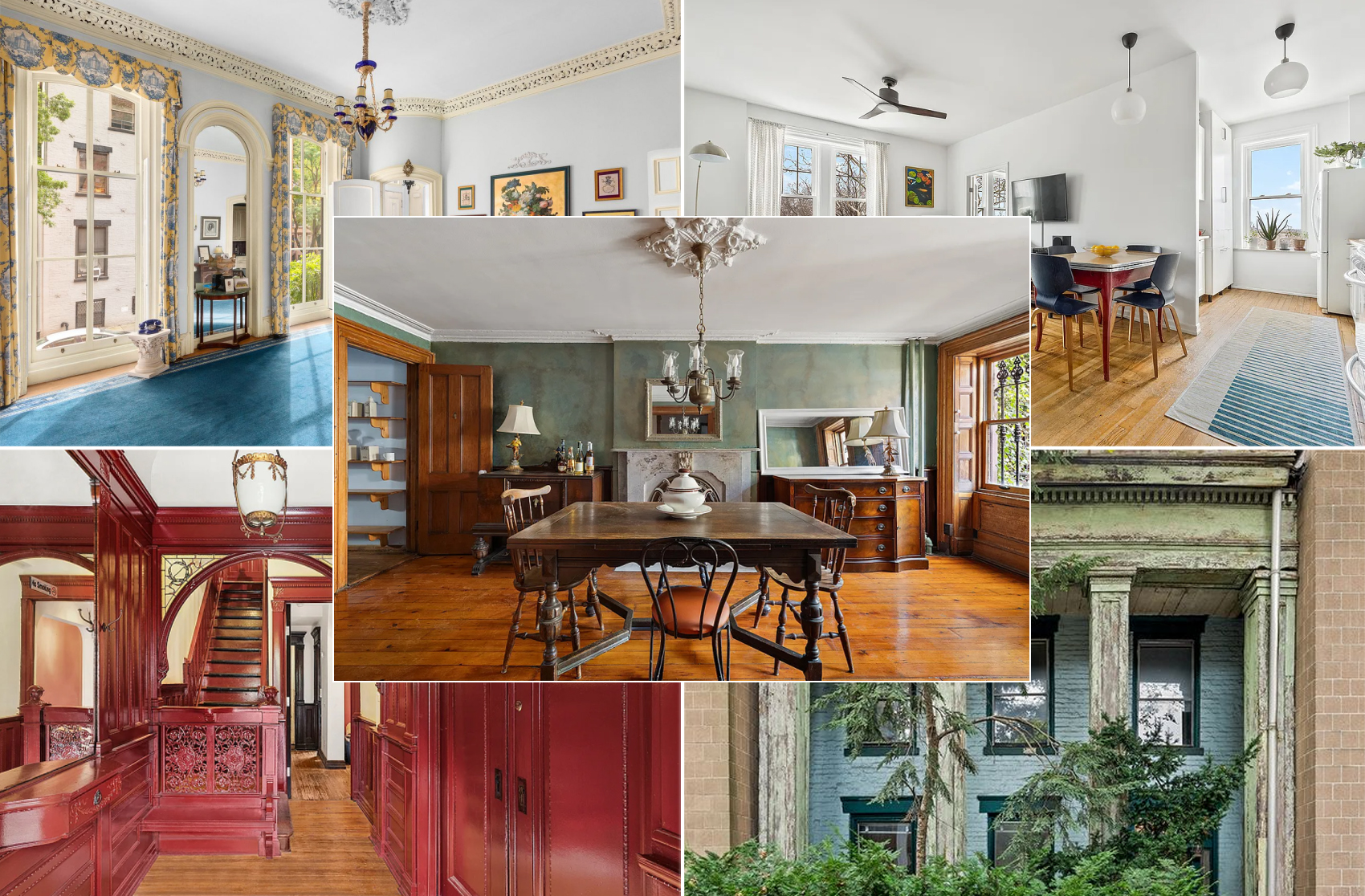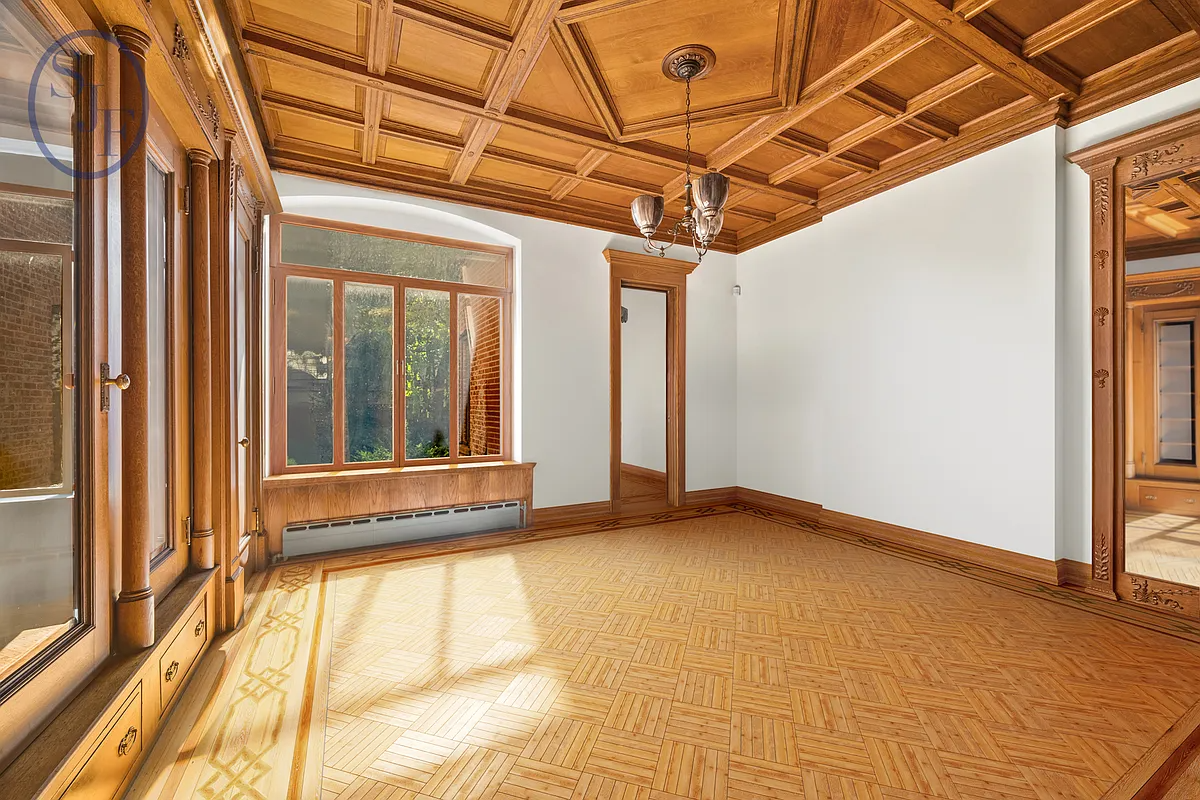Building of the Day: 1634 Dean Street
Brooklyn, one building at a time. Name: Bethel AME Church, formerly PS 83, at site of former Colored School # 2. Address: 1634 Dean Street, corner of Schenectady Avenue Neighborhood: Weeksville section of Crown Heights North Year Built: 1921, according to ACRIS, have doubts about that. Architectural Style: Renaissance Revival Architect: Unknown Landmarked: No The…


Brooklyn, one building at a time.
Name: Bethel AME Church, formerly PS 83, at site of former Colored School # 2.
Address: 1634 Dean Street, corner of Schenectady Avenue
Neighborhood: Weeksville section of Crown Heights North
Year Built: 1921, according to ACRIS, have doubts about that.
Architectural Style: Renaissance Revival
Architect: Unknown
Landmarked: No
The story: This building is actually more important for what it represents, and for what was on this site previously to the building of this school. It is the site of the Colored School Number 2, one of Brooklyn’s four segregated schools for black students. The most well-known of these schools is the landmarked Colored School number 3 (PS 69) on Union Avenue in Williamsburg. Colored School #2 was built in the successful African-American community of Weeksville, which once surrounded it. Today, the Weeksville Heritage Center is only a couple of blocks away, on Bergen St.
It began as a separate African Free School, designed to educated black students, and was absorbed into the Brooklyn School system in 1853. In 1882, Mayor Seth Low appointed Philip A. White as the first black member of the Board of Education. He became the chairman of the committee on colored schools. He hated the whole colored schools designation, and pressed for the schools to become part of the numbered system, along with integration of the entire system. The school became PS 68, but was still segregated. In 1893, the school merged with PS 83, and became Brooklyn’s first integrated school, both in students and teachers and staff. PS 83 had a white principal, a black head of department, and black and white teachers and students. This experiment was considered a success, but was not repeated in any other school. In 1900, after Brooklyn and the other boroughs had become part of greater NYC, the anti-segregation laws were once again passed, and legally, segregation of public schools was outlawed, although as seen even today, that is not always the case.
This building was re-named the Isaac Newton School, and in 1930, was the scene of a horrific explosion that shattered all the windows on the Dean St. side of the building. An illegal still was operating in a building across the street, and a gas leak blew up the building. None of the children were seriously hurt. I don’t know when the school closed, but in 1966, the City Housing Authority sold the building to the City for $1. In 1978, the city sold the building to the Bethel African Methodist Episcopal (AME) Church. They had long been across the street, since the late 1800’s, and still are, in a modern complex. The school building is still labeled as the church, but has not been in use for a very long time, and has broken windows and is partially sealed. Hopefully this large and fine building can be repurposed as housing, and the history it represents is preserved. It’s an important history, and should not be forgotten and lost.







What's Your Take? Leave a Comment